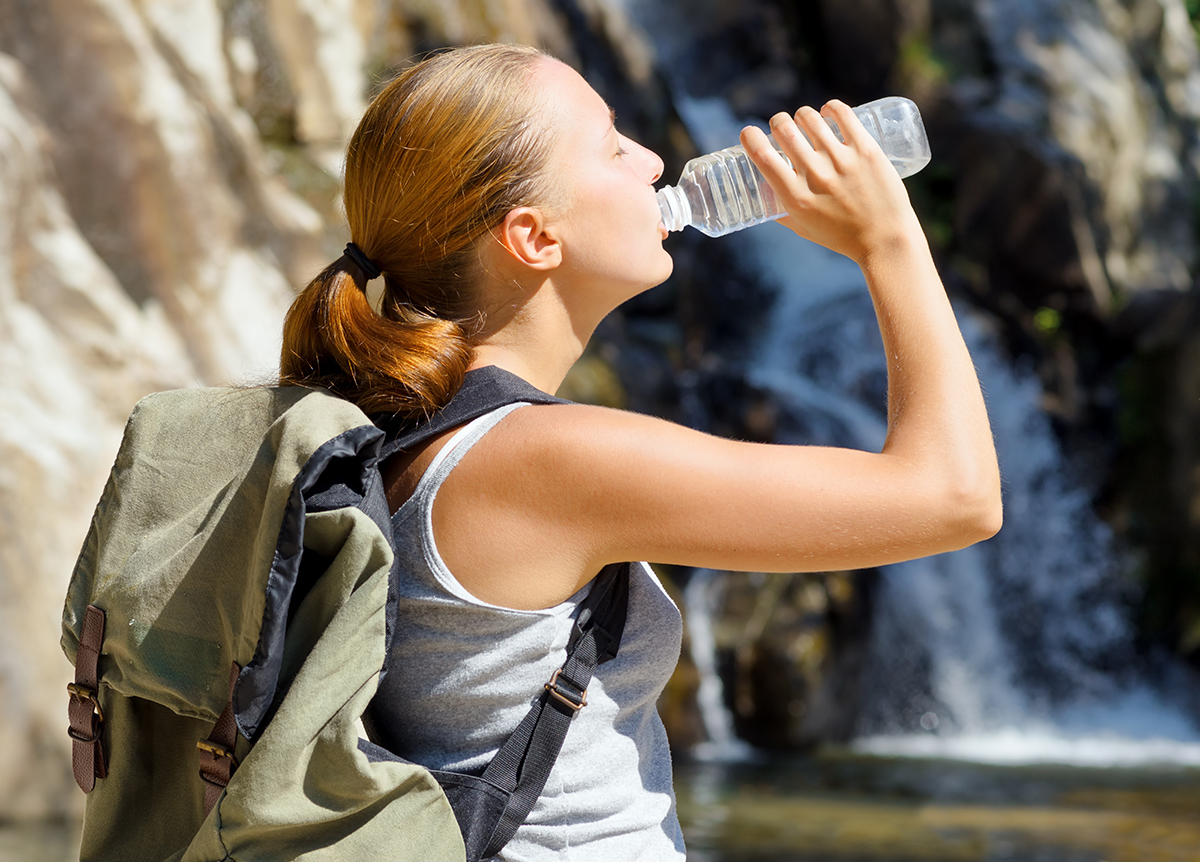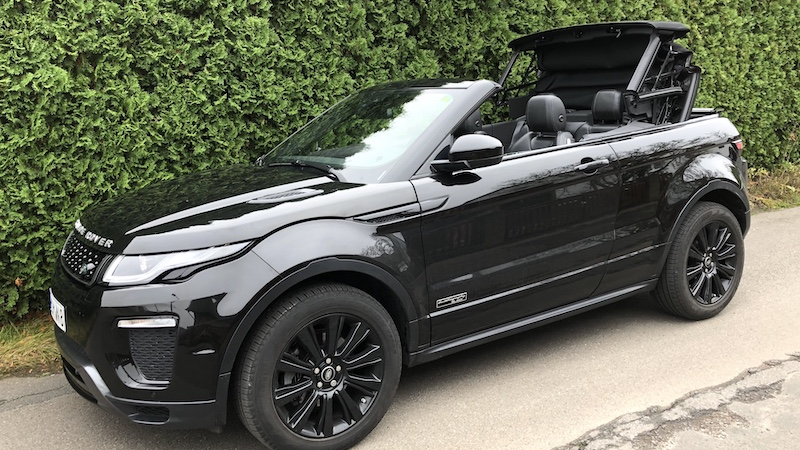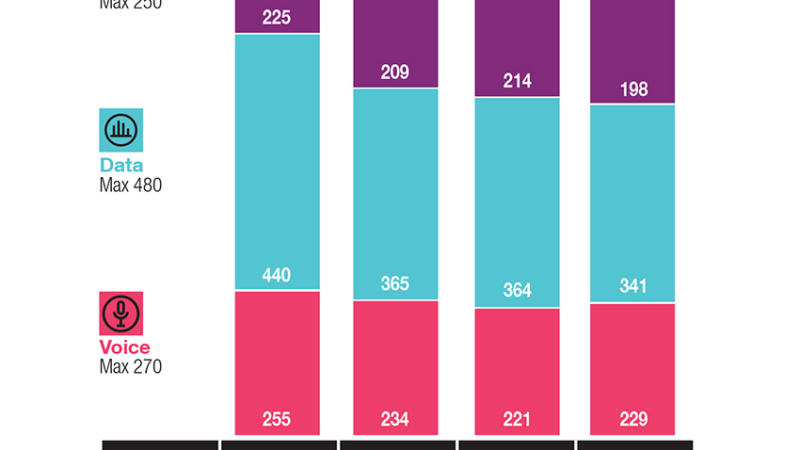What to look out for on the way
Over 39 million people go hiking in Germany. Whether nature lovers, family hikers or professional summiteers, good equipment is crucial. Above all, this includes sufficient liquid, preferably in plastic bottles, for example made of PET, due to their stability and low weight. This is also the opinion of the German Alpine Association.
Up to 2 liters of drink per person per day
If you are planning a day of hiking, you should consider your fluid requirements. Stefan Winter, mountain guide and head of sports development at the German Alpine Association (DAV), says: „Six hours of hiking is roughly a day’s hike. You should carry 1 to 2 liters of drinks with you.“ Heat and walking speed also play an important role in fluid consumption, says Stefan Winter: „The body sweats more in hot temperatures, as well as at a fast walking pace.“ The mountain guide therefore advises: „If you only take 1 liter with you, you should plan to fill up with water at a hut or a clean spring.“
Use plastic bottles instead of glass
DAV head of department Stefan Winter: „Glass bottles are unsuitable for hiking. They are heavier than plastic bottles and can break. Be careful when putting them down in rocky terrain!“ Broken glass bottles happen all the time. „Shards are not just a visual nuisance“, emphasizes mountain guide Winter, „they can also damage the soles of your shoes.“ And warns: „Caution is advised in summer when you are barefoot, for example during a hiking break, to relax and ventilate your feet, as there is a risk of cuts.“ Small and hard-to-see glass splinters in particular spread over a wide radius, which further increases the risk of injury and damage.
Think about wildlife protection and the risk of forest fires
But it’s not just people who are at risk from the shards and splinters; the sensitive paws of dogs on the trail are also at risk of serious injury. Kathrin Klein, a forester from the Schönbuch forest district near Stuttgart, which is part of the Baden-Württemberg state forest, explains: „Of course, wild animals can also injure themselves on the shards, especially if the glass shards have the smell of something edible on them.“
In hot summers, glass bottles and broken glass pose another danger: forest fires. To avoid potential ignition sources due to the burning glass effect, the Baden-Württemberg Ministry of the Interior, for example, called on walkers and hikers in 2023 to take „small arsonists“ such as bottles or broken glass out of the forest and dispose of them.
Conclusion: Hiking with a view and foresight
This is why experienced hikers are already using plastic bottles. „Food-safe plastic bottles are now common when hiking“, emphasizes DAV expert Stefan Winter. They are part of good equipment. Those who opt for plastic bottles are also making a sustainable choice. Even during production and transportation, plastic bottles save a lot of energy compared to glass due to their low melting point and low weight. And if disposed of properly, the used bottles can be recycled sustainably.
In any case, it is important not to leave drinks containers and garbage behind when out and about. If there is any broken glass, it should be carefully collected and disposed of properly. Then all nature lovers, family hikers and professional summiteers can enjoy a well-supplied, shard-free and therefore light-footed day of hiking.
About the yes or no Editorial Team
A team of experienced writers and editors transforms relevant topics and well-researched information into clear and journalistically sophisticated texts.
Contact
yes or no Media GmbH
Claudia Wörner
Vor dem Lauch 4
70567 Stuttgart
Phone: +49 711 75 85 89 90
E-Mail: 
Url: http://www.yesorno.de
Die Bildrechte liegen bei dem Verfasser der Mitteilung.







